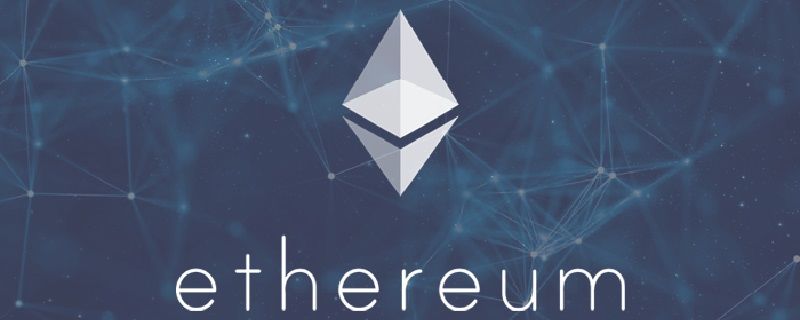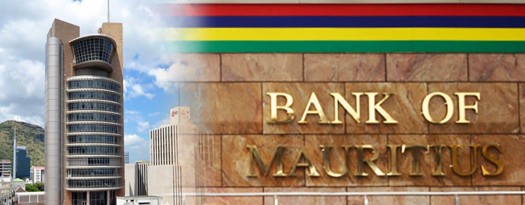-
-
Myth 1: The merger will reduce gas
-
Myth 2: The merger will increase the speed of transactions
-
Myth 3: The merger will allow you to withdraw stakes
-
Myth 4: Validators will not be able to withdraw rewards until the Shanghai update
-
Myth 5: All stakers will exit immediately after enabling withdrawals
-
Myth 6: ETH returns will triple
-
Myth 7: You need to stake 32 ETH to launch a node
-
Myth 8: The merger will lead to downtime for the Ethereum blockchain
-
ETH deflation after upgrade
-
Myth 1: The merger will reduce gas
Ethereum.org debunked 8 myths about the "Merger". Contrary to popular misconceptions, users will not need to update software, transfer funds, or send ETH anywhere.
A “merger” is the transition from PoW to PoS consensus as a result of the merger of the Ethereum mainnet and Beacon Chain.
Myth 1: The merger will reduce gas
The merger will change the consensus mechanism to PoS, but will not increase network capacity or bandwidth to lower gas fees. The gas fee depends on the demand on the Ethereum network.
However, the transition to PoS will give developers the opportunity to focus on increasing the scalability of the Surge phrase through sharding and rollups, and then the cost of gas will decrease.
Myth 2: The merger will increase the speed of transactions
Transaction speed will not increase much as blocks will only be created 10% faster on PoS than on PoW.
However, users can expect higher transaction rates of up to 100,000 transactions per second after all stages of the Ethereum upgrade are completed.
Myth 3: The merger will allow you to withdraw stakes
The merger will not allow you to withdraw the staked ETH (stETH) immediately. It will be possible to get ETH from staking only 6-12 months after the Shanghai update.
Myth 4: Validators will not be able to withdraw rewards until the Shanghai update
Mainnet staking rewards can be withdrawn and sold immediately. On Beacon Chain, newly issued ETH will be locked up until the Shanghai update.
Myth 5: All stakers will exit immediately after enabling withdrawals
With the Shanghai update, all validators will be incentivized to withdraw staked ETH or stake additional stakes using rewards. Moreover, for security purposes, validators will be rate-limited, allowing only 6 validators to exit per epoch.
Myth 6: ETH returns will triple
The annual interest rate can only increase by 50%, not 200%. The more fees users pay, the higher the rewards for validators.
Myth 7: You need to stake 32 ETH to launch a node
A non-block-producing node does not require ETH, but requires a computer with 1-2 TB of available memory and an internet connection.
Myth 8: The merger will lead to downtime for the Ethereum blockchain
The merger update will enable the transition to Proof-of-Stake with zero downtime.
ETH deflation after upgrade
Ethereum will become a deflationary post-merger asset as supply decreases over time due to the EIP-1559 burn mechanism.
Under favorable market conditions, the price of ETH is likely to rise due to demand. According to Vitalik Buterin, Ethereum will be in demand 6–8 months after the merger.







